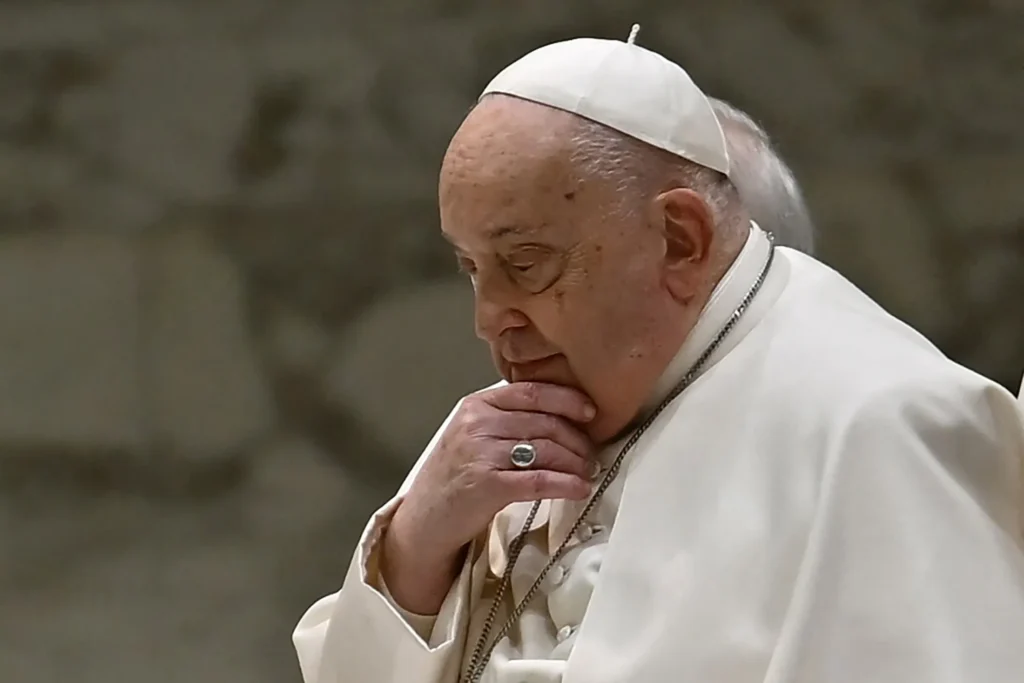Pope Francis, aged 88, is currently in critical condition following a severe respiratory crisis. He was hospitalized on February 14 at Rome’s Gemelli Hospital due to a complex lung infection, which has since developed into bilateral pneumonia. The Vatican has reported that the Pope experienced a prolonged asthmatic respiratory crisis, necessitating high-flow oxygen therapy and blood transfusions to address a low platelet count. Despite being conscious and alert, his medical team emphasizes that he remains in a precarious state, with the risk of sepsis being a significant concern.
In light of his health challenges, discussions regarding a potential successor have intensified within the Roman Catholic community. The College of Cardinals, responsible for electing a new pope, is reportedly engaging in behind-the-scenes deliberations. Figures such as Cardinal Matteo Zuppi and Cardinal Sean O’Malley have been mentioned as possible candidates, subtly positioning themselves through public engagements. These developments highlight the intricate political dynamics within the Vatican, reminiscent of a Renaissance court, with various factions and rivalries influencing the decision-making process.
Meanwhile, in Latin America, the Pope’s birthplace, there has been an outpouring of support and prayers for his recovery. Catholics across the region, from Mexico to Argentina and Brazil, have participated in masses, lit candles, and offered individual prayers, reflecting a deep cultural and spiritual connection to the first Latin American pope. Despite a decline in the percentage of Catholics in the region over the past decades, the faithful remain devoted, rallying in solidarity during this critical time.
As the situation unfolds, the Vatican has dismissed rumors of a potential resignation, emphasizing that discussions should focus on the Pope’s recovery. Pope Francis continues to work from his hospital bed, demonstrating resilience and dedication to his duties, even as he faces significant health challenges.

